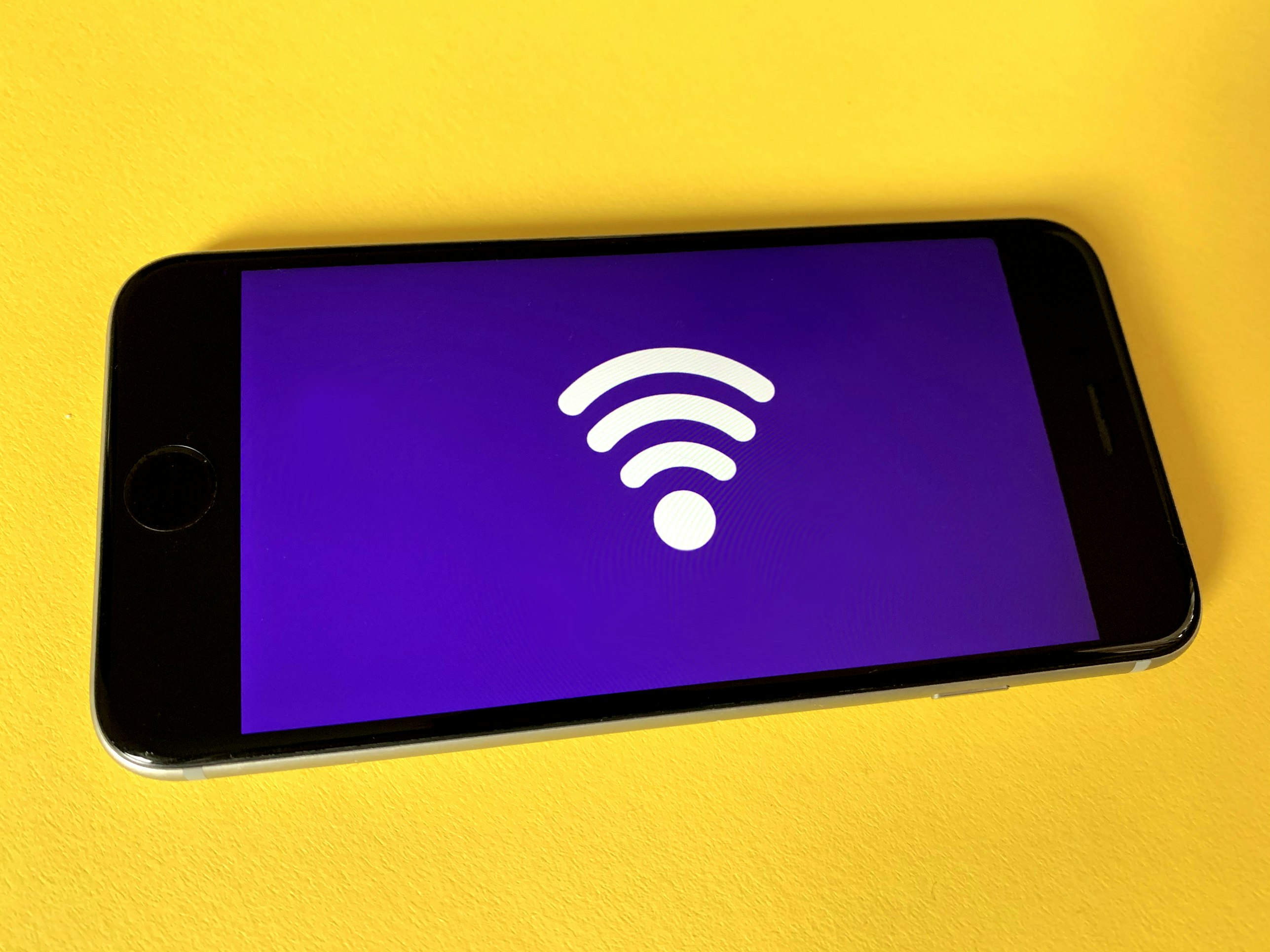Efficient Wireless Data and Energy Transfer System Discovered

Scientists improve wireless transfer. Industrial Internet of Things (IIoTs) combines wireless sensors, controllers, and mobile tech to enhance industrial processes. It uses small battery-powered devices, intensifying the demand for a robust network to handle data and power in IIoT monitoring.
Scientists improve wireless transfer: Wireless power transfer
In this context, wireless power transfer is a promising technology that uses radio frequency signals to power small, low-power devices. Recently, the concept of simultaneous wireless information and power transfer (SWIPT), utilizing a single radio frequency signal to concurrently harvest energy and decode information, has gained considerable attention within the IIoT domain. Additionally, with the proliferation of smart devices, SWIPT has been integrated with a nonorthogonal multiple access (NOMA) system.
NOMA systems are particularly well-suited for IIoTs due to their capacity to extend the battery life of sensors and other devices. However, the energy efficiency of this system decreases significantly as the distance from the central controller increases.
To address this limitation, a team of researchers from South Korea, led by Associate Professor Dong-Wook Seo from the Division of Electronics and Electrical Information Engineering at Korea Maritime and Ocean University, has devised a novel framework by implementing SWIPT-assisted NOMA into a distributed antenna system (DAS).
This development significantly enhances the energy and spectral efficiencies of IIoTs.Dr. Seo says, “A DAS with antennas near edge users and a central base station can minimize SWIPT-NOMA’s efficiency loss with distance.” This enhances the performance of information decoding and energy harvesting.”
Transactions on Industrial Informatics
Their research, available online since October 27, 2022, and published in the July 1, 2023, edition of IEEE Transactions on Industrial Informatics, details a three-step iterative algorithm designed to maximize the energy efficiency of the SWIPT-NOMA-DAS system. First, they optimized power allocation for the central IoT controller.
Next, they optimized power allocation for NOMA signaling and power splitting (PS) for SWIPT, reducing data rates and harvested energy. Finally, they extended optimization to address outage events and multi-cluster scenarios.
The team validated their algorithm through simulations, finding that the SWIPT-NOMA-DAS system is five times more energy-efficient than SWIPT-NOMA without DAS. Moreover, it demonstrates over a 10% performance improvement compared to SWIPT-OMA-DAS.
Dr. Seo emphasizes their research’s significance, stating, “This technology ensures efficient energy use, providing convenience, low power needs, and longer battery life.” Consequently, it can be applied to smartphones, laptops, wearable devices, and electric vehicles. The SWIPT-NOMA-DAS system notably optimizes resource allocation, enhancing wireless charging and data transmission for IoT users.
Read the original article on sciencedaily.
Read more: AI Seems To Be Better At Distributing Wealth Than Human Beings Are, Research Hints.










